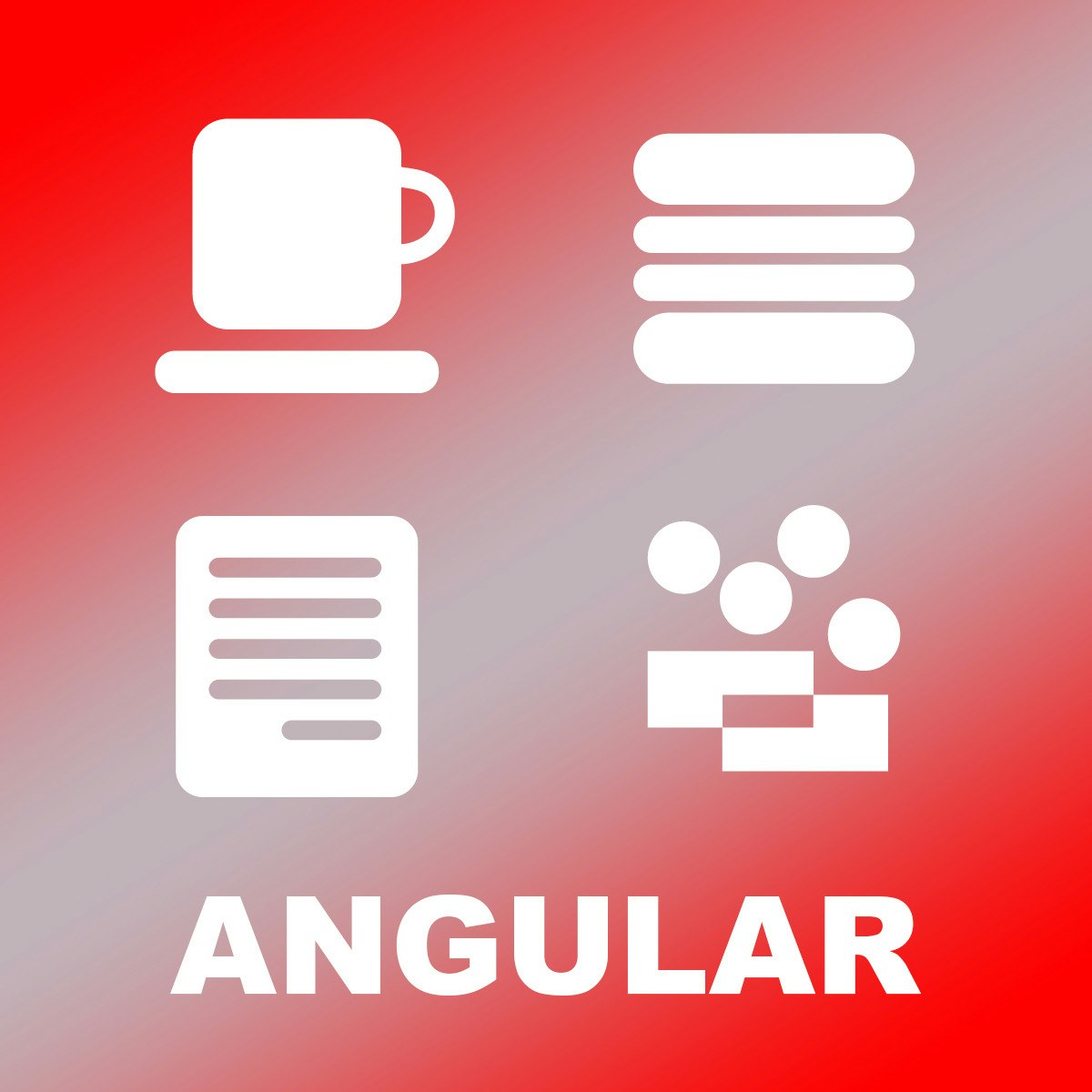Back to Courses









Algorithms Courses - Page 6
Showing results 51-60 of 326

Four Rare Machine Learning Skills All Data Scientists Need
This course covers the most neglected yet critical skills in machine learning, four vital techniques that are very rarely covered – most courses and books omit them entirely.
1) UPLIFT MODELING (AKA PERSUASION MODELING): When you're modeling, are you even predicting the right thing?
2) THE ACCURACY FALLACY: When evaluating how well a model works, are you even reporting on the right thing?
3) P-HACKING: Are your simplest discoveries from data even real?
4) THE PARADOX OF ENSEMBLE MODELS: Do you understand how they work, even though they seem to defy Occam's Razor?
>> WHY THESE ADVANCED METHODS ARE ESSENTIAL: Each one addresses a question that is fundamental to machine learning (above). For many projects, success hinges on these particular skills.
>> NO HANDS-ON – BUT FOR TECHNICAL LEARNERS: This course has no coding and no use of machine learning software. Instead, it lays the conceptual groundwork before you take on the hands-on practice. When it comes to these state-of-the-art techniques and prevalent pitfalls, there's a foundation of conceptual knowledge to build before going hands-on – and you'll be glad you did.
>> VENDOR-NEUTRAL: This course includes illuminating software demos of machine learning in action using SAS products. However, the curriculum is vendor-neutral and universally-applicable. The contents and learning objectives apply, regardless of which machine learning software tools you end up choosing to work with.

Make a Bill Splitter App with AngularJS
In this 1.5 hours class you will get up and running on AngularJS and write your first AngularJS app. We will cover the fundamentals of AngularJS, such as modules, the model-controller-view architecture, AngularJS directives, expressions, data model and binding, app controllers, filters, form validation, and tables. At the end of the class, you would have learned the basics of AngularJS and have built a bill splitter app that you can actually use when you go out with your friends!
Prerequisite: Basic knowledge of JavaScript, HTML, and CSS.

Finding Hidden Messages in DNA (Bioinformatics I)
Named a top 50 MOOC of all time by Class Central!
This course begins a series of classes illustrating the power of computing in modern biology. Please join us on the frontier of bioinformatics to look for hidden messages in DNA without ever needing to put on a lab coat.
In the first half of the course, we investigate DNA replication, and ask the question, where in the genome does DNA replication begin? We will see that we can answer this question for many bacteria using only some straightforward algorithms to look for hidden messages in the genome.
In the second half of the course, we examine a different biological question, when we ask which DNA patterns play the role of molecular clocks. The cells in your body manage to maintain a circadian rhythm, but how is this achieved on the level of DNA? Once again, we will see that by knowing which hidden messages to look for, we can start to understand the amazingly complex language of DNA. Perhaps surprisingly, we will apply randomized algorithms, which roll dice and flip coins in order to solve problems.
Finally, you will get your hands dirty and apply existing software tools to find recurring biological motifs within genes that are responsible for helping Mycobacterium tuberculosis go "dormant" within a host for many years before causing an active infection.

Data Structures and Performance
How do Java programs deal with vast quantities of data? Many of the data structures and algorithms that work with introductory toy examples break when applications process real, large data sets. Efficiency is critical, but how do we achieve it, and how do we even measure it?
This is an intermediate Java course. We recommend this course to learners who have previous experience in software development or a background in computer science, and in particular, we recommend that you have taken the first course in this specialization (which also requires some previous experience with Java).
In this course, you will use and analyze data structures that are used in industry-level applications, such as linked lists, trees, and hashtables. You will explain how these data structures make programs more efficient and flexible. You will apply asymptotic Big-O analysis to describe the performance of algorithms and evaluate which strategy to use for efficient data retrieval, addition of new data, deletion of elements, and/or memory usage.
The program you will build throughout this course allows its user to manage, manipulate and reason about large sets of textual data. This is an intermediate Java course, and we will build on your prior knowledge. This course is designed around the same video series as in our first course in this specialization, including explanations of core content, learner videos, student and engineer testimonials, and support videos -- to better allow you to choose your own path through the course!

Artificial Intelligence (AI) Education for Teachers
Today’s learners need to know what artificial intelligence (AI) is, how it works, how to use it in their everyday lives, and how it could potentially be used in their future. Using AI requires skills and values which extend far beyond simply having knowledge about coding and technology.
This course is designed by teachers, for teachers, and will bridge the gap between commonly held beliefs about AI, and what it really is. AI can be embedded into all areas of the school curriculum and this course will show you how.
This course will appeal to teachers who want to increase their general understanding of AI, including why it is important for learners; and/or to those who want to embed AI into their teaching practice and their students’ learning. There is also a unique opportunity to implement a Capstone Project for students alongside this professional learning course.
Macquarie School of Education at Macquarie University and IBM Australia have collaborated to create this course which is aligned to AITSL ‘Proficient Level’ Australian Professional Standards at AQF Level 8.

Recommender Systems
In this course you will:
a) understand the basic concept of recommender systems. b) understand the Collaborative Filtering.
c) understand the Recommender System with Deep Learning. d) understand the Further Issues of Recommender Systems.
Please make sure that you’re comfortable programming in Python and have a basic knowledge of mathematics including matrix multiplications, conditional probability, and basic machine learning algorithms.

Pointers, Arrays, and Recursion
The third course in the specialization Introduction to Programming in C introduces the programming constructs pointers, arrays, and recursion. Pointers provide control and flexibility when programming in C by giving you a way to refer to the location of other data. Arrays provide a way to bundle data by guaranteeing sequences of data are grouped together. Finally, recursive functions—functions that call themselves—provide an alternative to iteration that are very useful for implementing certain algorithms.

Big Data Analytical Platform on Alibaba Cloud
Course Description
Building an Analytical Platform on Alibaba Cloud can empower how you take in, analyze, and demonstrate clear metrics from a set of Big Data. This course is designed to teach engineers how to use Alibaba Cloud Big Data products. It covers basic distributed system theory and Alibaba Cloud's core products like MaxCompute, DataWorks, E-MapReduce as well as a bundle of ecosystem tools.
To earn an official Alibaba Cloud certificate please join the Cloud Native courses on the Academy's website:
Big Data Analysis Specialty: https: //edu.alibabacloud.com/course/317
Machine Learning Specialty: https://edu.alibabacloud.com/course/318
Alibaba Cloud Big Data - Data Integration: https://edu.alibabacloud.com/certification/clouder_bigdatainteg
Practical SAS Programming and Certification Review
In this course you have the opportunity to use the skills you acquired in the two SAS programming courses to solve realistic problems. This course is also designed to give you a thorough review of SAS programming concepts so you are prepared to take the SAS Certified Specialist: Base Programming Using SAS 9.4 Exam.

Algorithmic Thinking (Part 1)
Experienced Computer Scientists analyze and solve computational problems at a level of abstraction that is beyond that of any particular programming language. This two-part course builds on the principles that you learned in our Principles of Computing course and is designed to train students in the mathematical concepts and process of "Algorithmic Thinking", allowing them to build simpler, more efficient solutions to real-world computational problems.
In part 1 of this course, we will study the notion of algorithmic efficiency and consider its application to several problems from graph theory. As the central part of the course, students will implement several important graph algorithms in Python and then use these algorithms to analyze two large real-world data sets. The main focus of these tasks is to understand interaction between the algorithms and the structure of the data sets being analyzed by these algorithms.
Recommended Background - Students should be comfortable writing intermediate size (300+ line) programs in Python and have a basic understanding of searching, sorting, and recursion. Students should also have a solid math background that includes algebra, pre-calculus and a familiarity with the math concepts covered in "Principles of Computing".
Popular Internships and Jobs by Categories
Find Jobs & Internships
Browse
© 2024 BoostGrad | All rights reserved